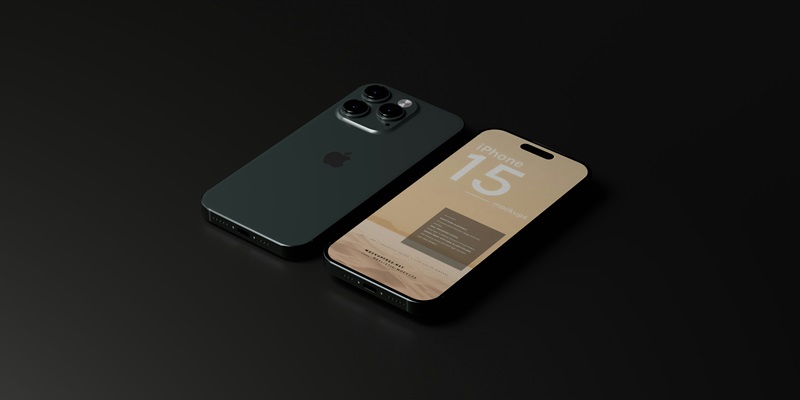The seamless integration of hardware and software has always been a cornerstone of the iPhone experience. With the introduction of MagSafe on the iPhone 12 and later models, Apple reinforced this harmony through a magnetic ecosystem, bolstering the connectivity with a range of accessories. Despite this, the recent iOS 17.4 update seems to be rattling the cages, particularly affecting MagSafe functionalities for some iPhone 15 Pro Max users. A peculiar case has surfaced where the hallmark MagSafe features are failing to operate correctly following the software enhancement.
One user’s encounter brought the issue to light, where the authentic MagSafe wallet was no longer being recognized by the ‘Find My’ network, leading to obstacles in tracking. In addition, the magnetic attachments lacked the familiar visual animations that users have come to expect. This snag hints at a potential hiccup within the new iOS 17.4 update and disrupts the intuitiveness of the MagSafe experience.
User-Detected Troubles
When delving into the problem, the distressed iPhone owner experimented with a series of tests. Using authentic Apple MagSafe accessories—a Silicone case and a version 2 MagSafe wallet—the user noted the absence of both visual cues during attachment and practical tracking functionality. Even after detaching and reattaching the wallet multiple times, the expected results did not ensue, leaving the user with a non-responsive device. This troubleshooting effort seemingly ruled out the possibility of defective accessories, as the same set worked flawlessly on a separate iPhone 15 Pro Max.
The issue thus appeared to be localized to the individual’s device, either due to a software glitch introduced with iOS 17.4 or a less likely, unseen hardware incompatibility. Nonetheless, the occurrence of such a problem reflects the intricate complexities that arise as software continues to evolve, occasionally disrupting the alignment with existing hardware features.
Addressing the MagSafe Malaise
The implications of this issue extend beyond a singular user’s frustration, pointing toward systemic concerns in software and hardware symbiosis. These glitches underscore the vital need for meticulous quality assurance and reactive technical support to manage and rectify such hiccups promptly. For users and developers alike, navigating these technological challenges is par for the course in the dynamic realm of mobile computing.
In conclusion, while the iPhone 15 Pro Max represents the pinnacle of Apple’s technological innovation, the emergence of such issues post-update serves as an important reminder. It emphasizes the delicate balance required to maintain software-hardware harmony and the ongoing pursuit for solutions that uphold and enrich the user experience amidst constant advancements.

